Filter data
|
ID |
Nickname |
Country / City |
Languages |
Taxonomies |
Comment |
Project / Group |
Map |
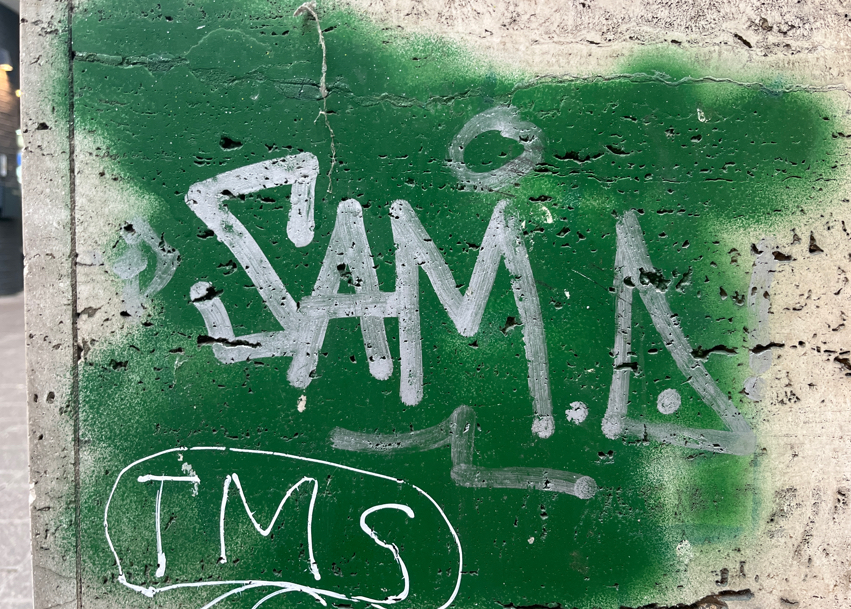
|
100320
|
LMA
|
Deutschland
Karlsruhe
|
|
|
—
|
KAGraffiti
|
|
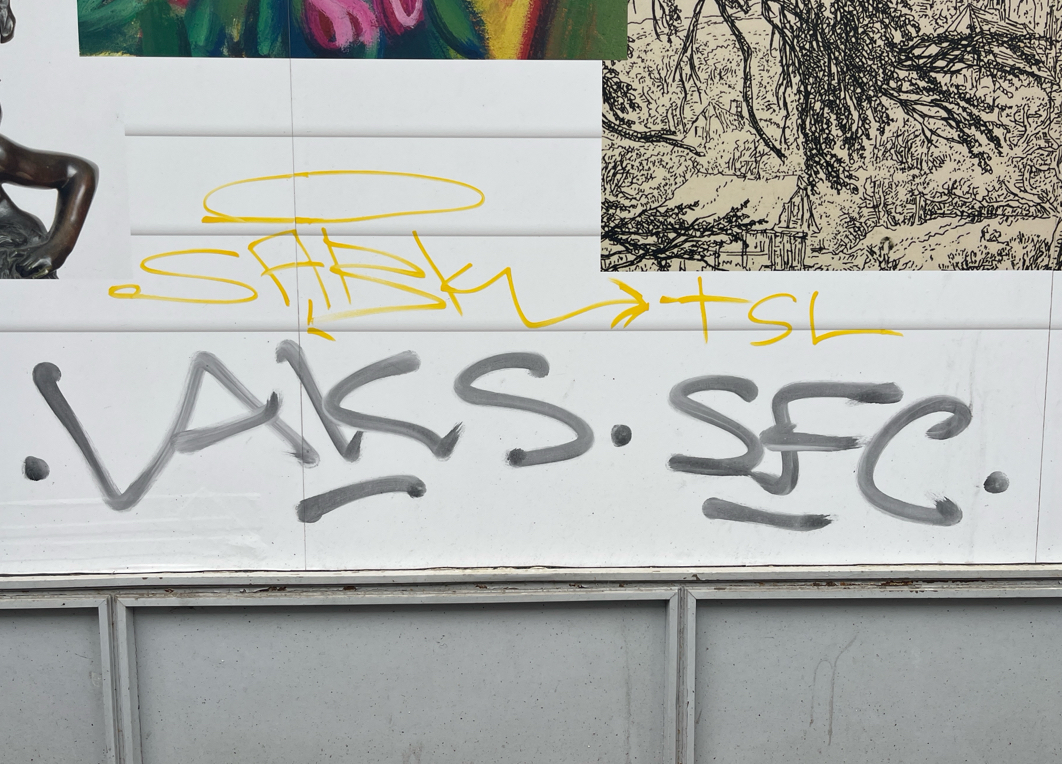
|
100326
|
LMA
|
Deutschland
Karlsruhe
|
|
|
—
|
KAGraffiti
|
|
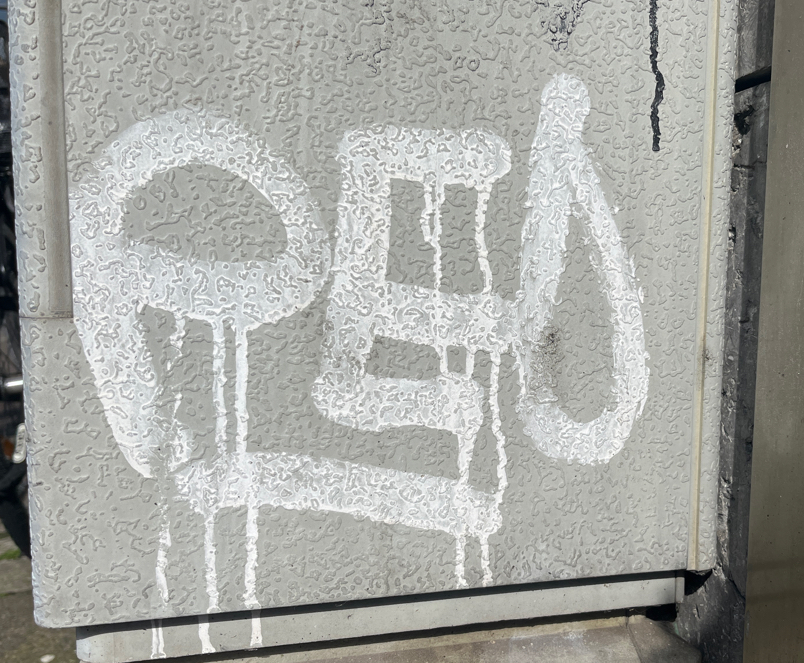
|
100332
|
LMA
|
Deutschland
Karlsruhe
|
|
|
—
|
KAGraffiti
|
|
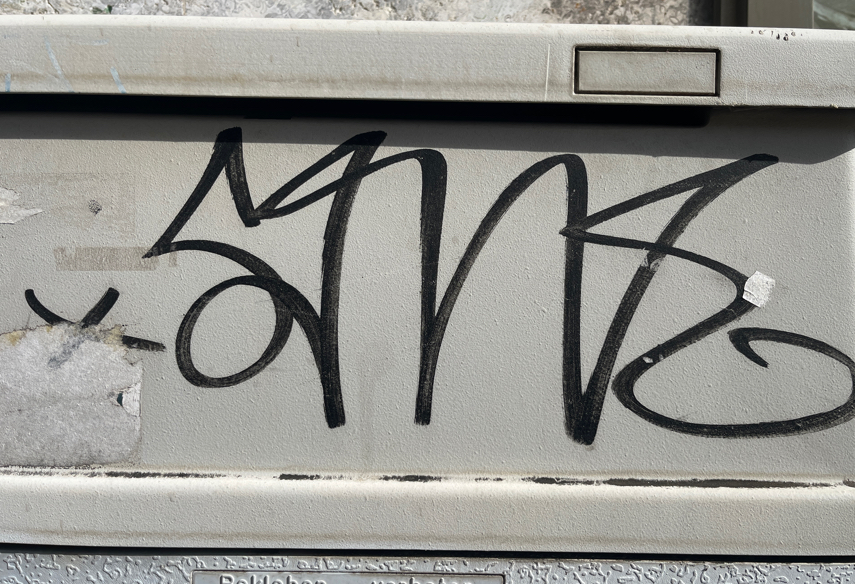
|
100334
|
LMA
|
Deutschland
Karlsruhe
|
|
|
—
|
KAGraffiti
|
|
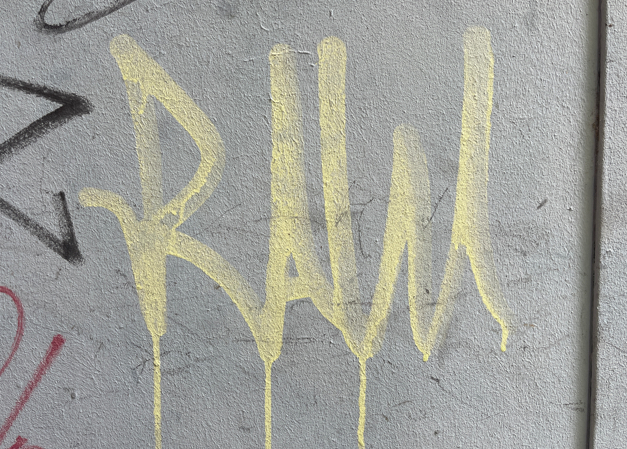
|
100335
|
LMA
|
Deutschland
Karlsruhe
|
|
|
—
|
KAGraffiti
|
|
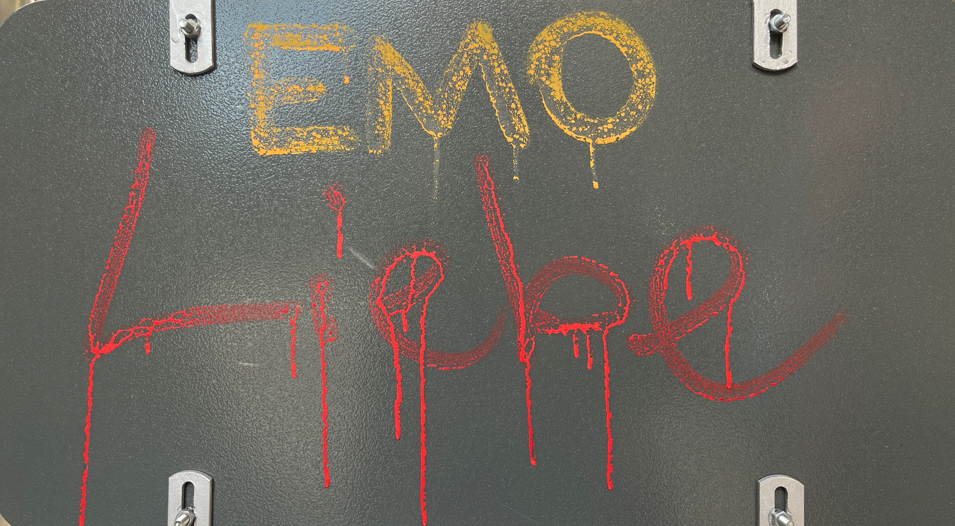
|
100340
|
LMA
|
Deutschland
Karlsruhe
|
|
|
—
|
KAGraffiti
|
|
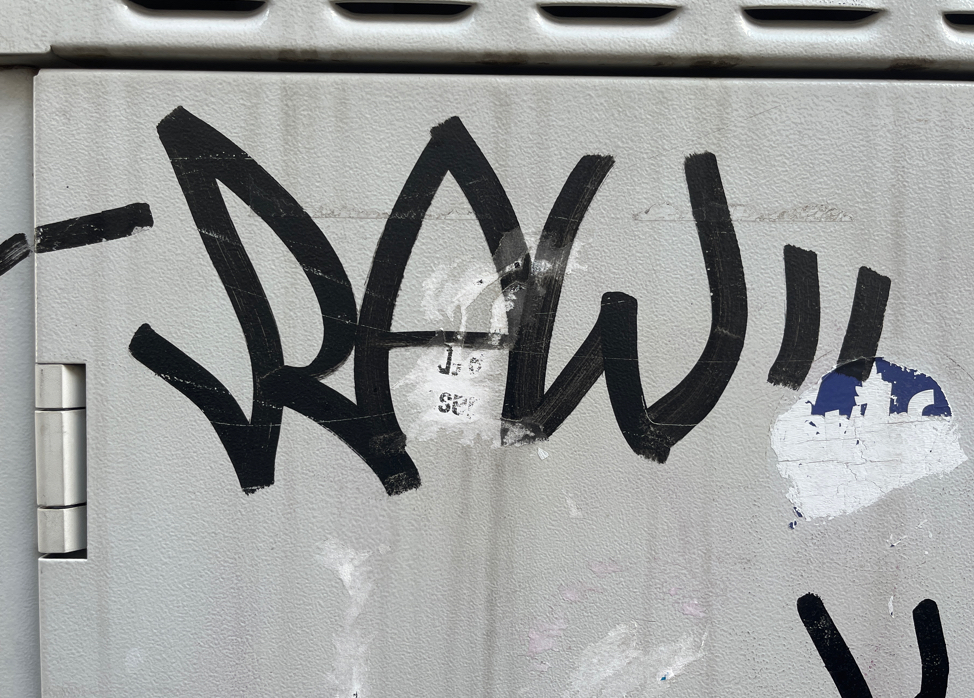
|
100343
|
LMA
|
Deutschland
Karlsruhe
|
|
|
—
|
KAGraffiti
|
|
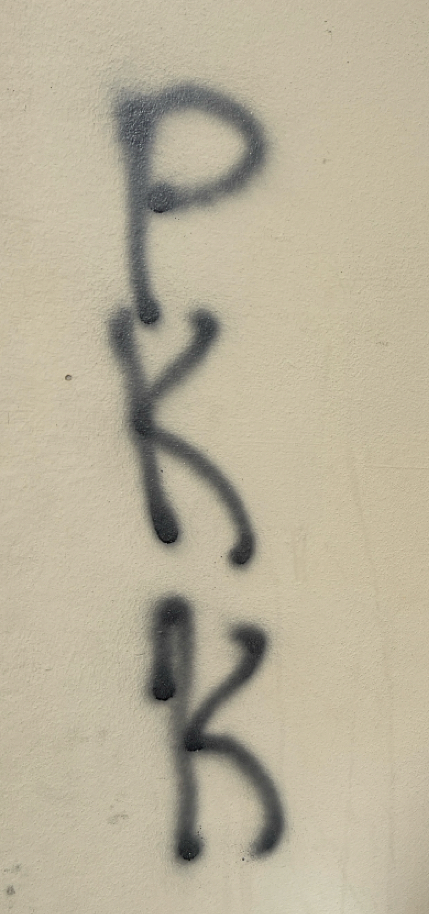
|
100345
|
LMA
|
Deutschland
Karlsruhe
|
|
|
—
|
KAGraffiti
|
|
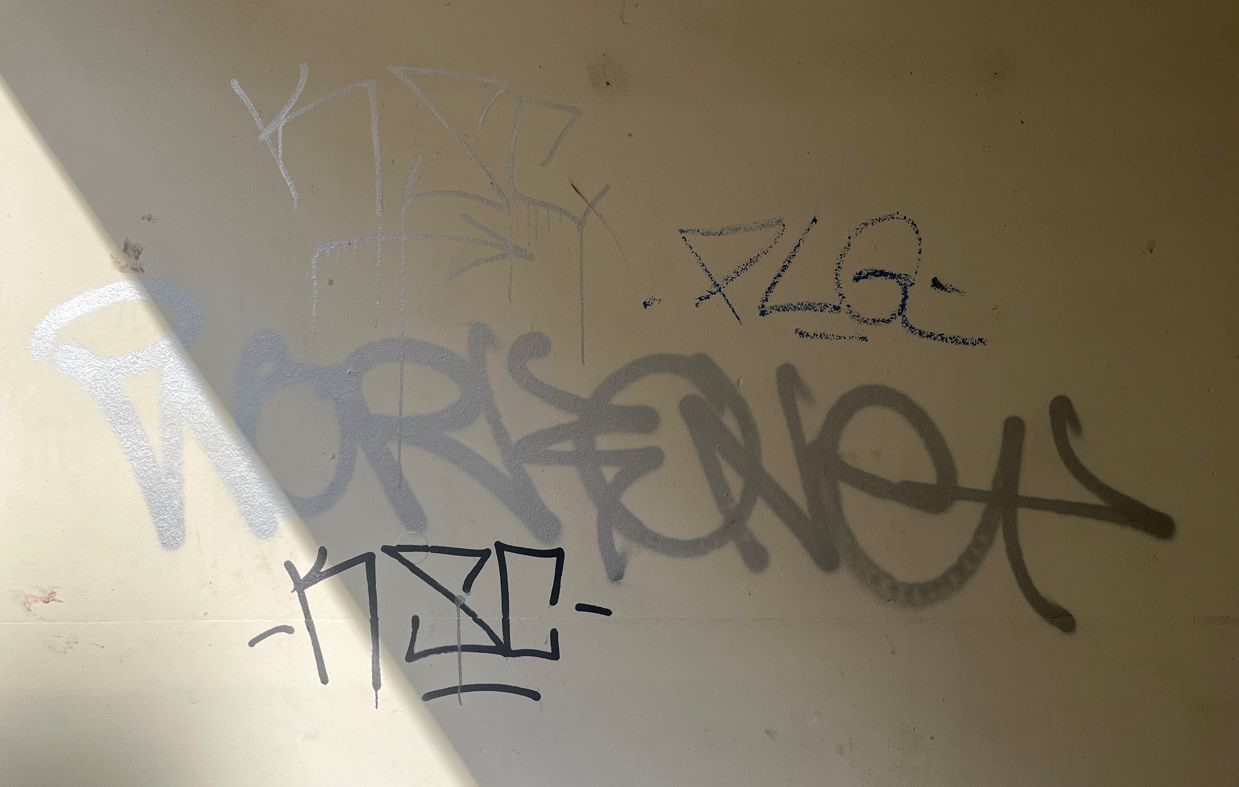
|
100347
|
LMA
|
Deutschland
Karlsruhe
|
|
|
—
|
KAGraffiti
|
|
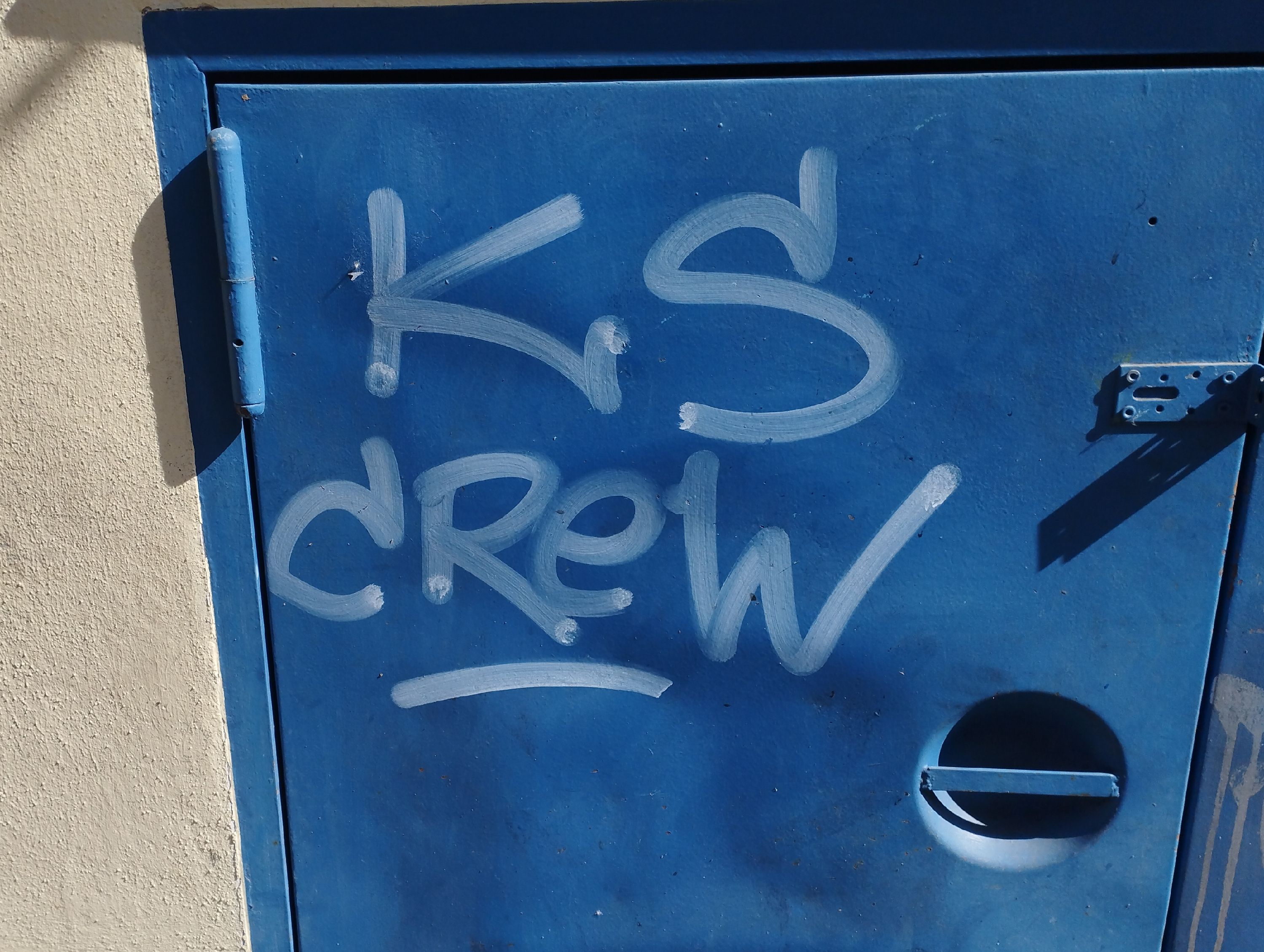
|
132657
|
LLA
|
Germany
Karlsruhe
|
|
|
—
|
KAGraffiti
|
|
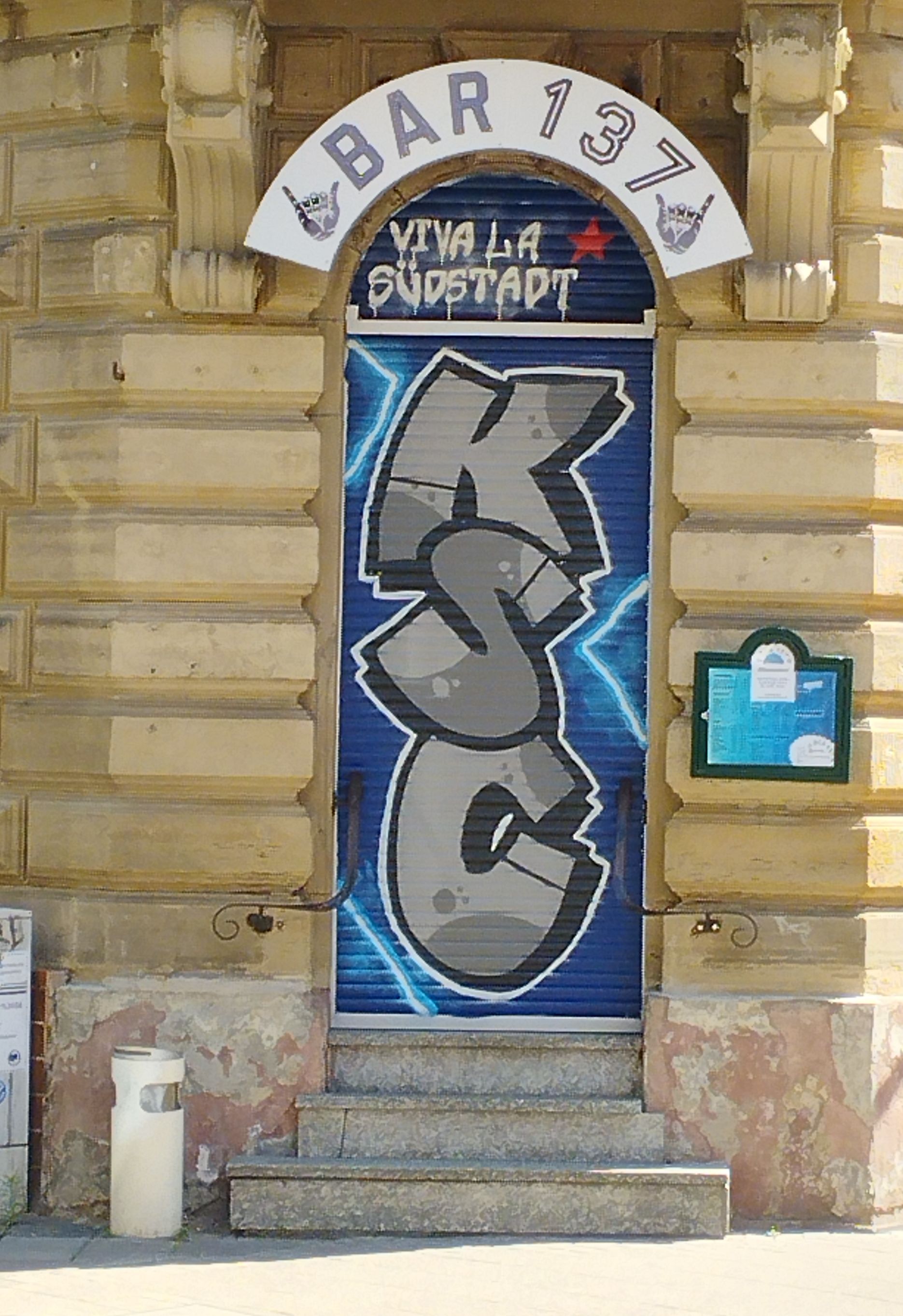
|
132677
|
LLA
|
Germany
Karlsruhe
|
|
|
LLA
|
KAGraffiti
|
|
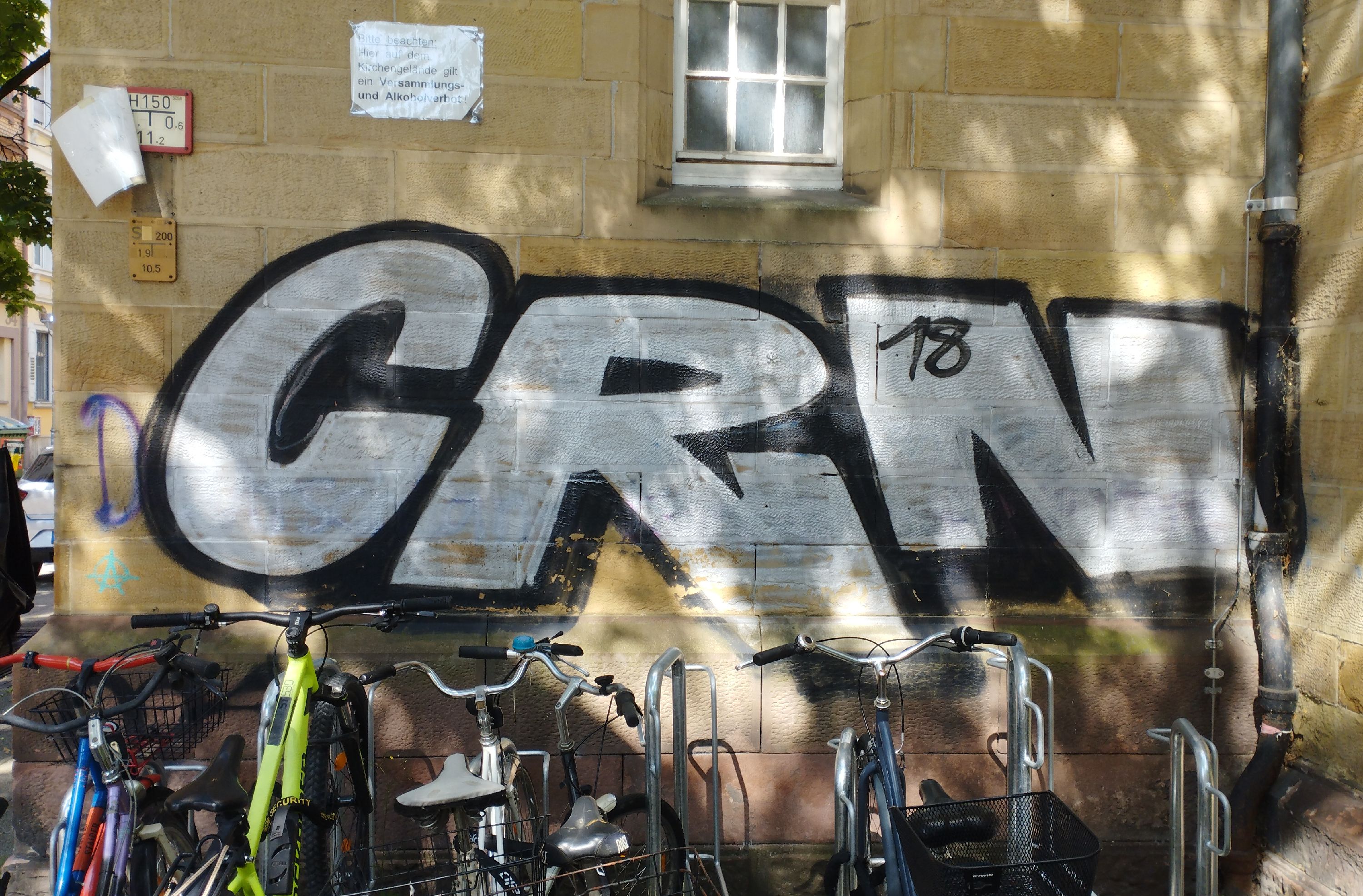
|
132678
|
LLA
|
Germany
Karlsruhe
|
|
|
LLA
|
KAGraffiti
|
|
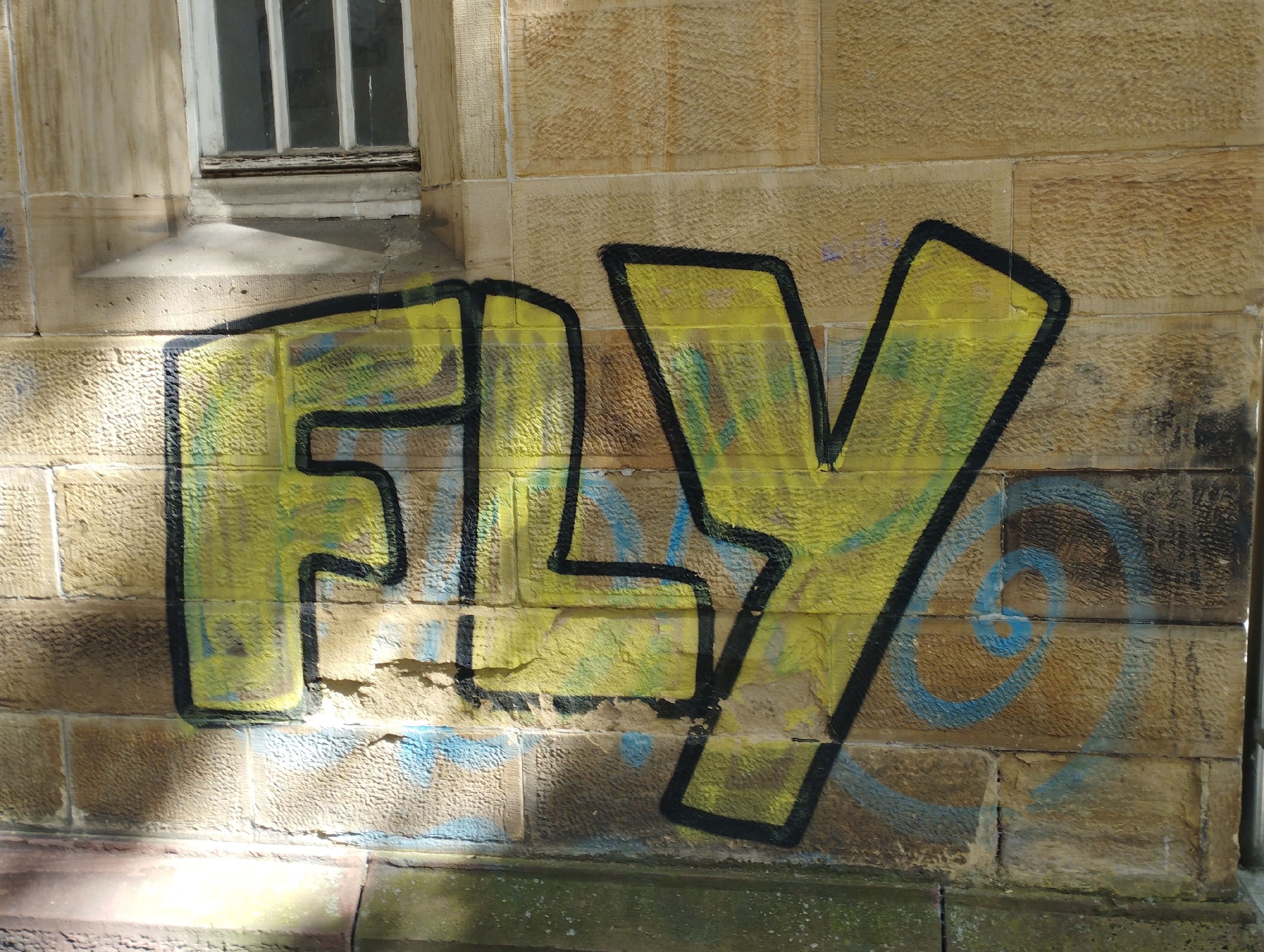
|
132679
|
LLA
|
Germany
Karlsruhe
|
|
|
—
|
KAGraffiti
|
|
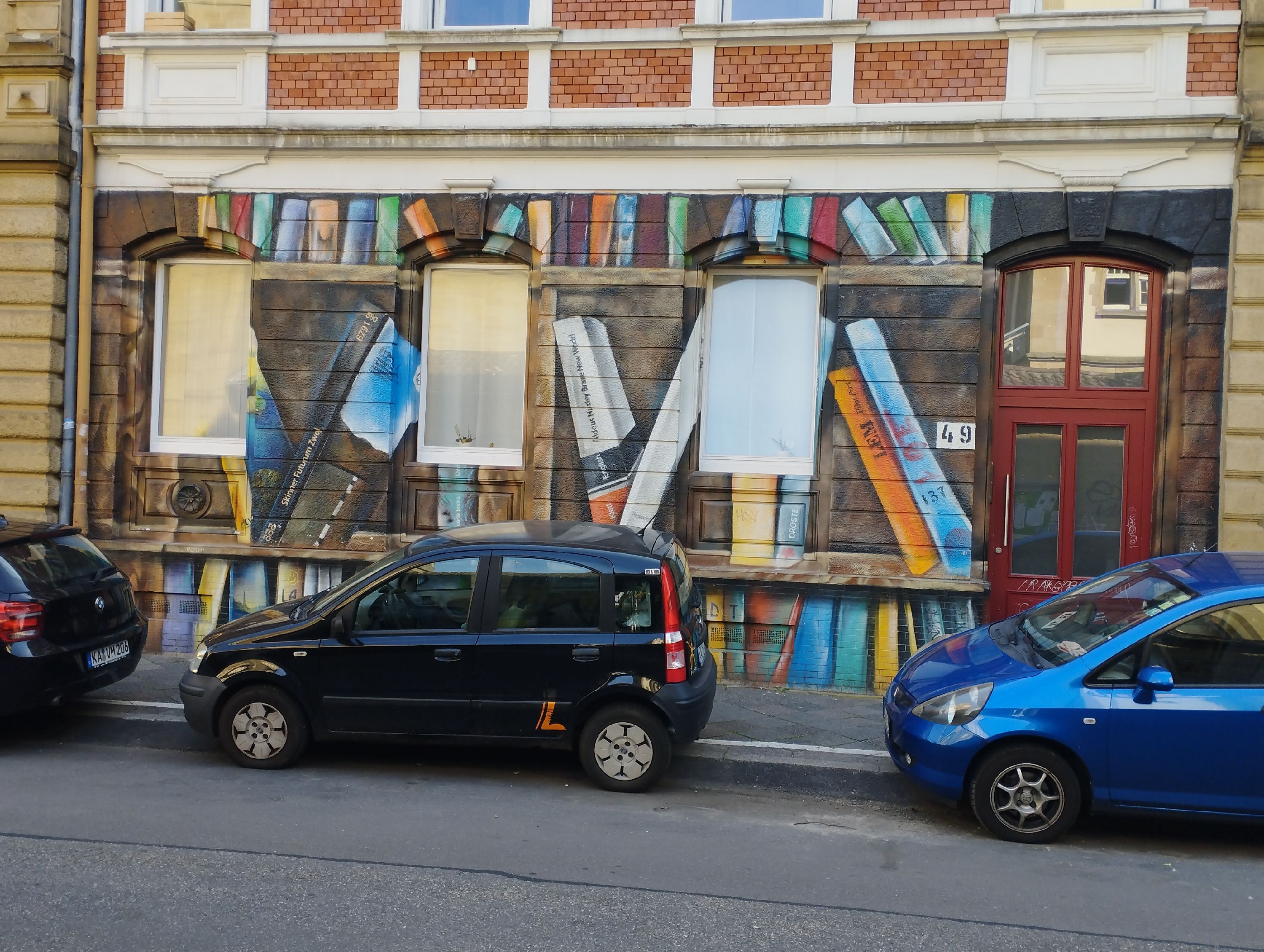
|
132680
|
LLA
|
Germany
Karlsruhe
|
|
|
—
|
KAGraffiti
|
|

|
132683
|
LLA
|
Germany
Karlsruhe
|
|
|
—
|
KAGraffiti
|
|
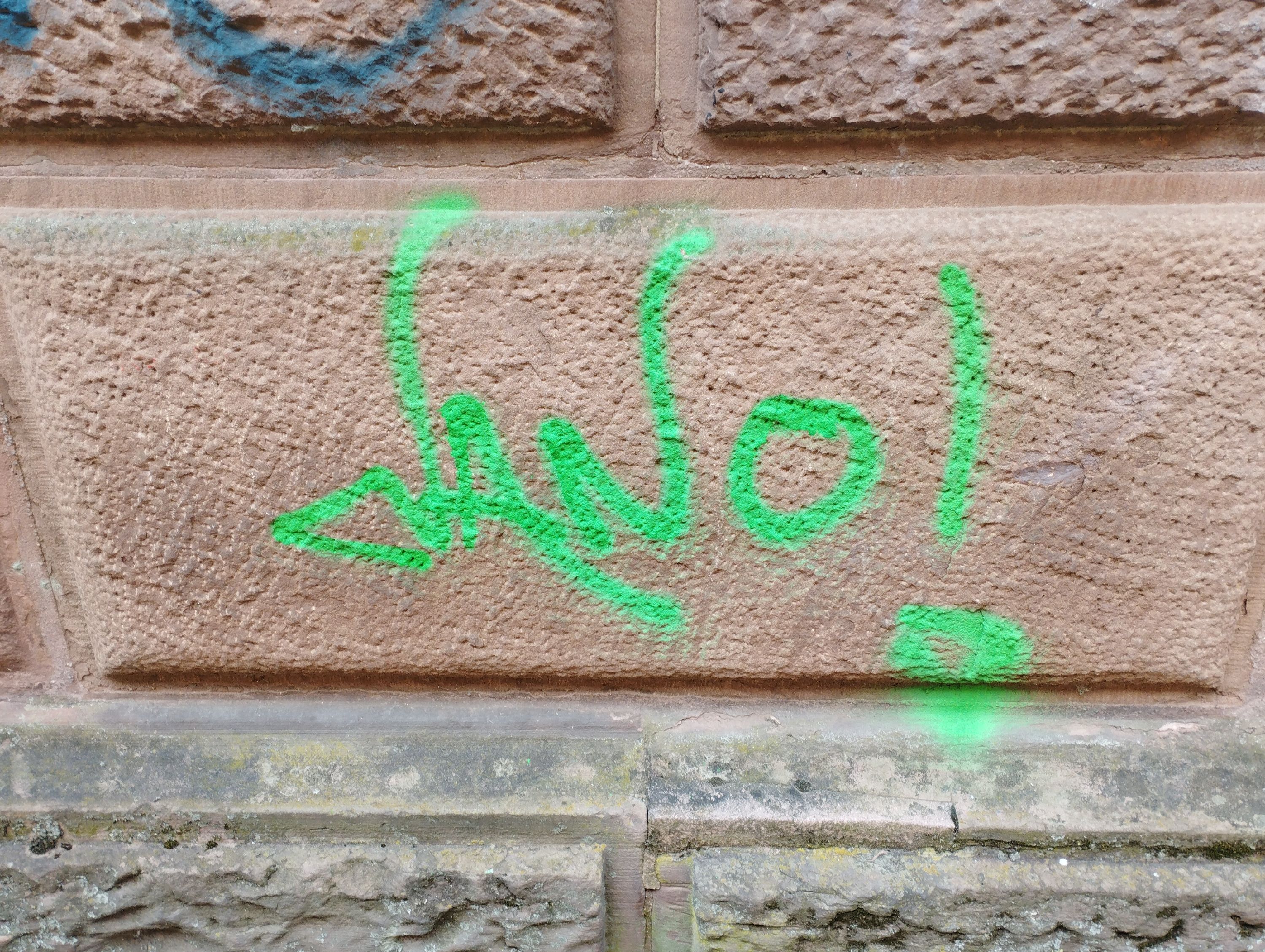
|
132684
|
LLA
|
Germany
Karlsruhe
|
|
|
—
|
KAGraffiti
|
|
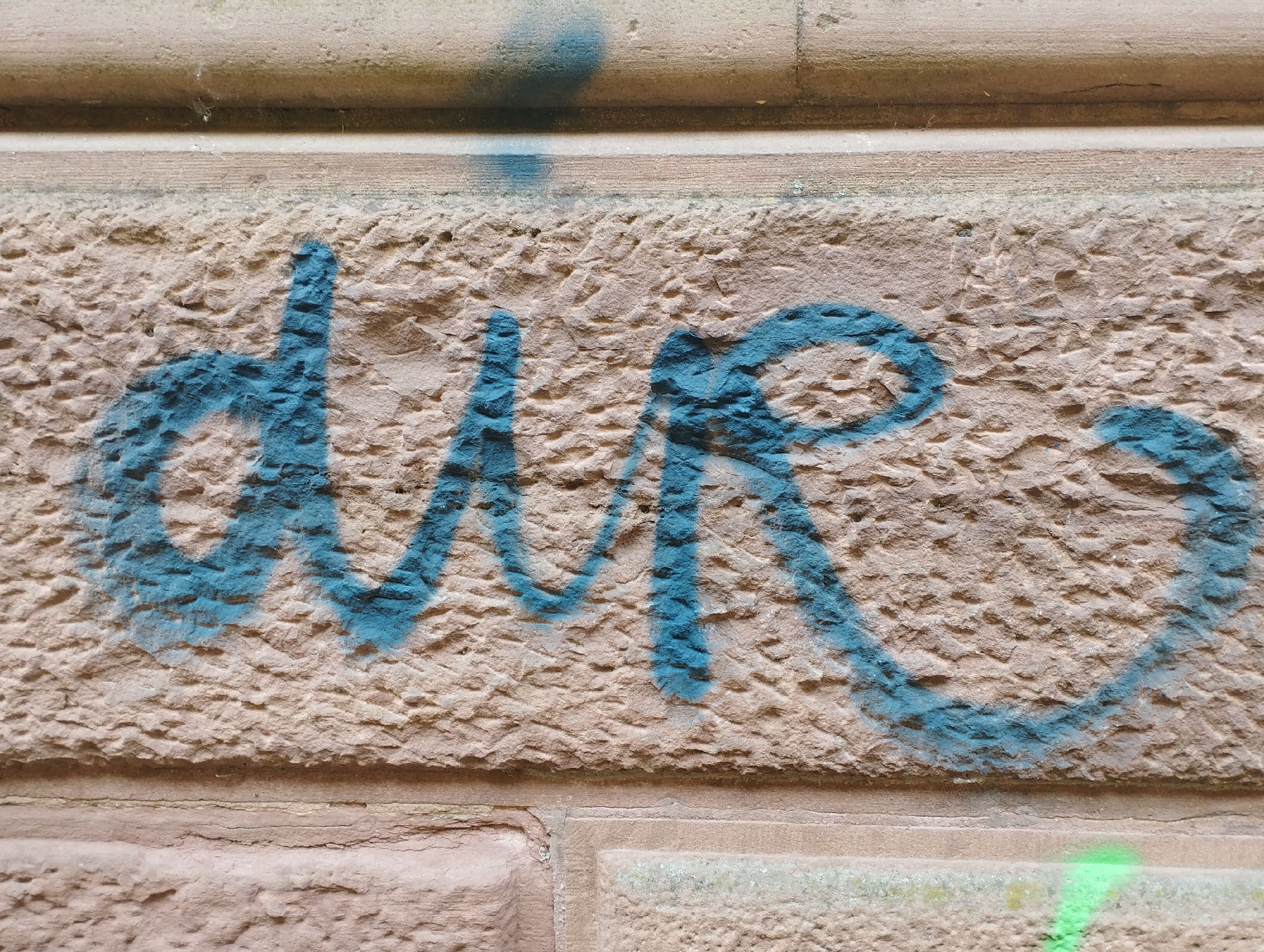
|
132685
|
LLA
|
Germany
Karlsruhe
|
|
|
—
|
KAGraffiti
|
|
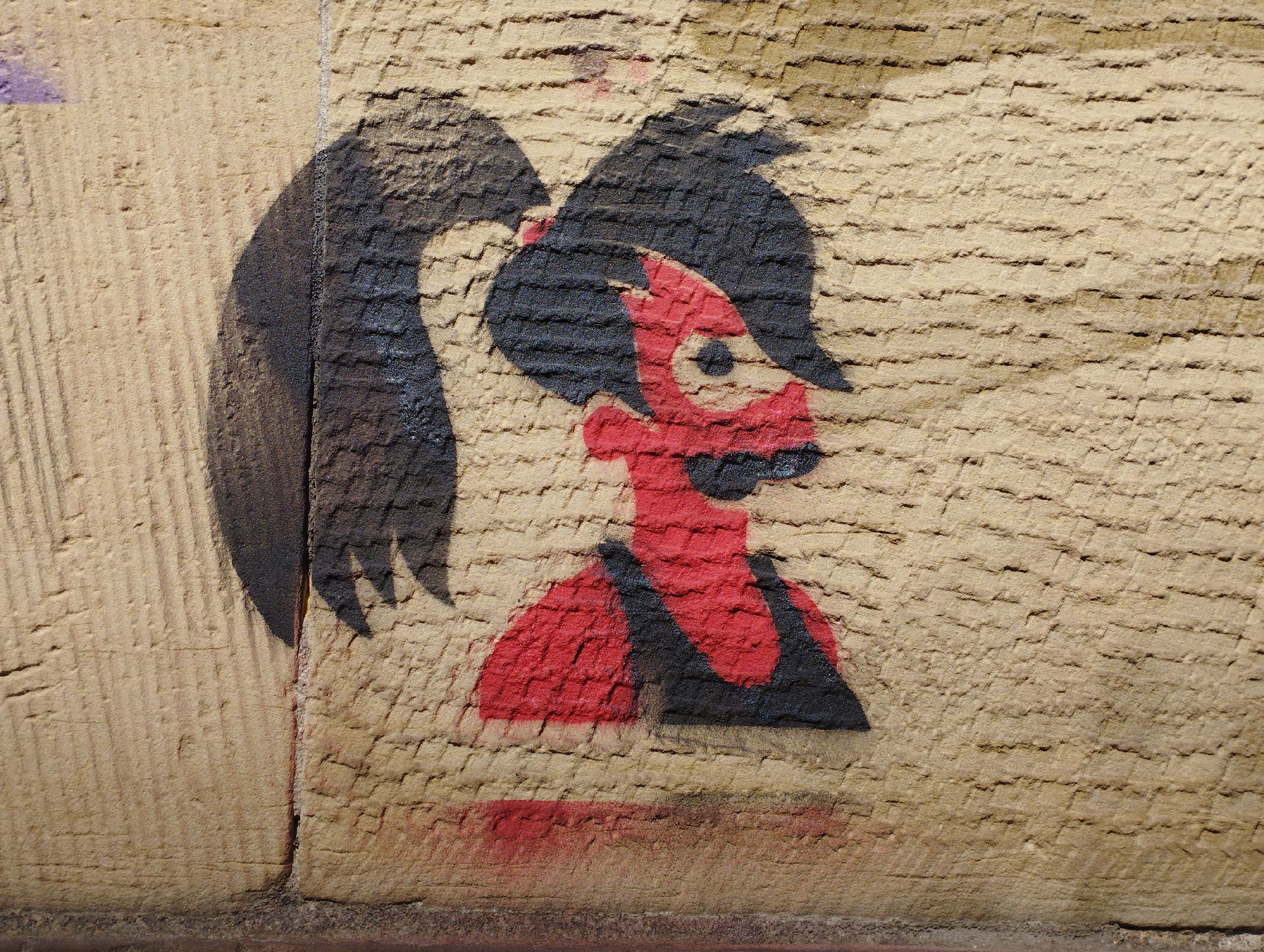
|
132686
|
LLA
|
Germany
Karlsruhe
|
|
|
—
|
KAGraffiti
|
|
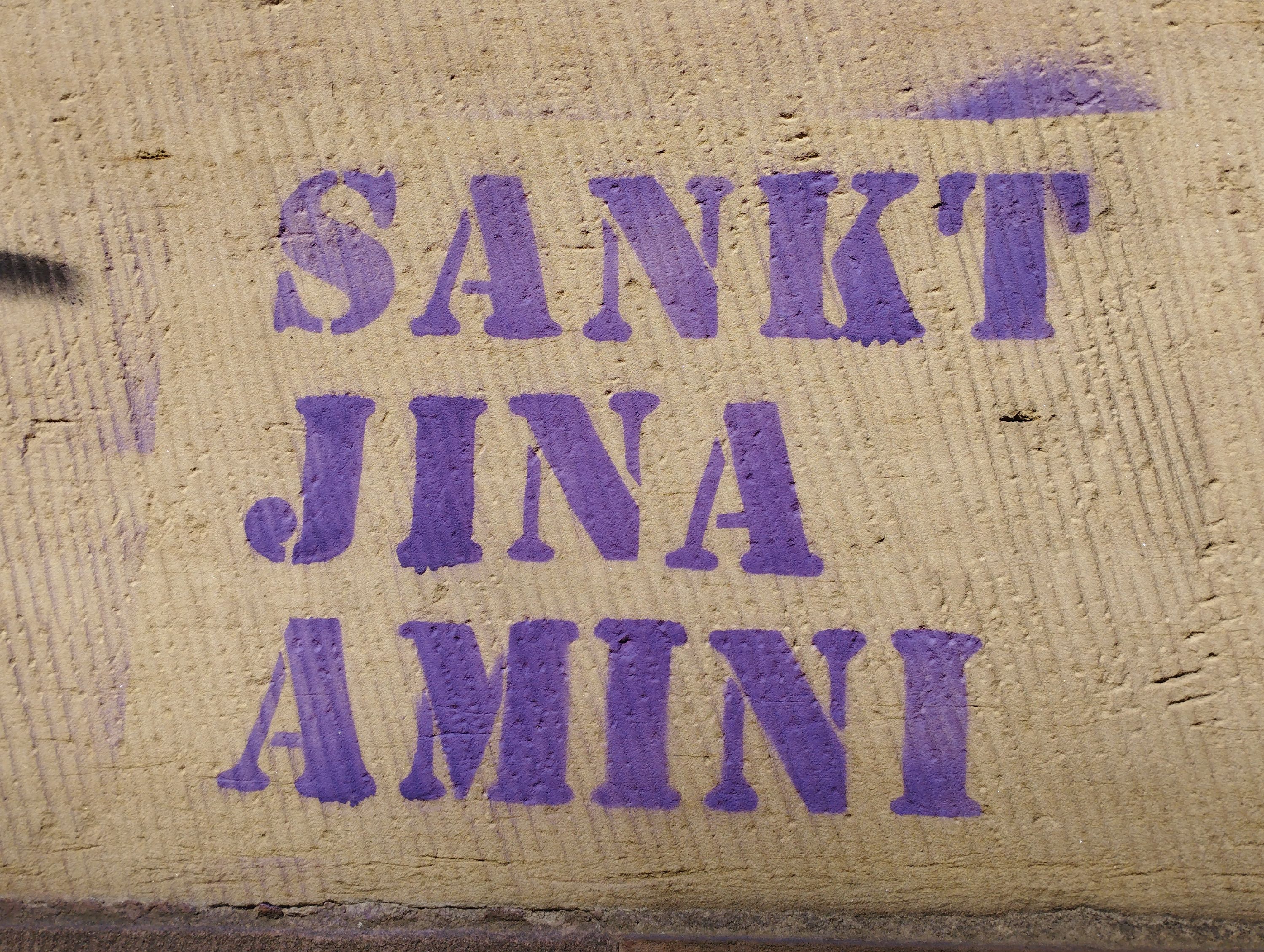
|
132687
|
LLA
|
Germany
Karlsruhe
|
|
|
—
|
KAGraffiti
|
|
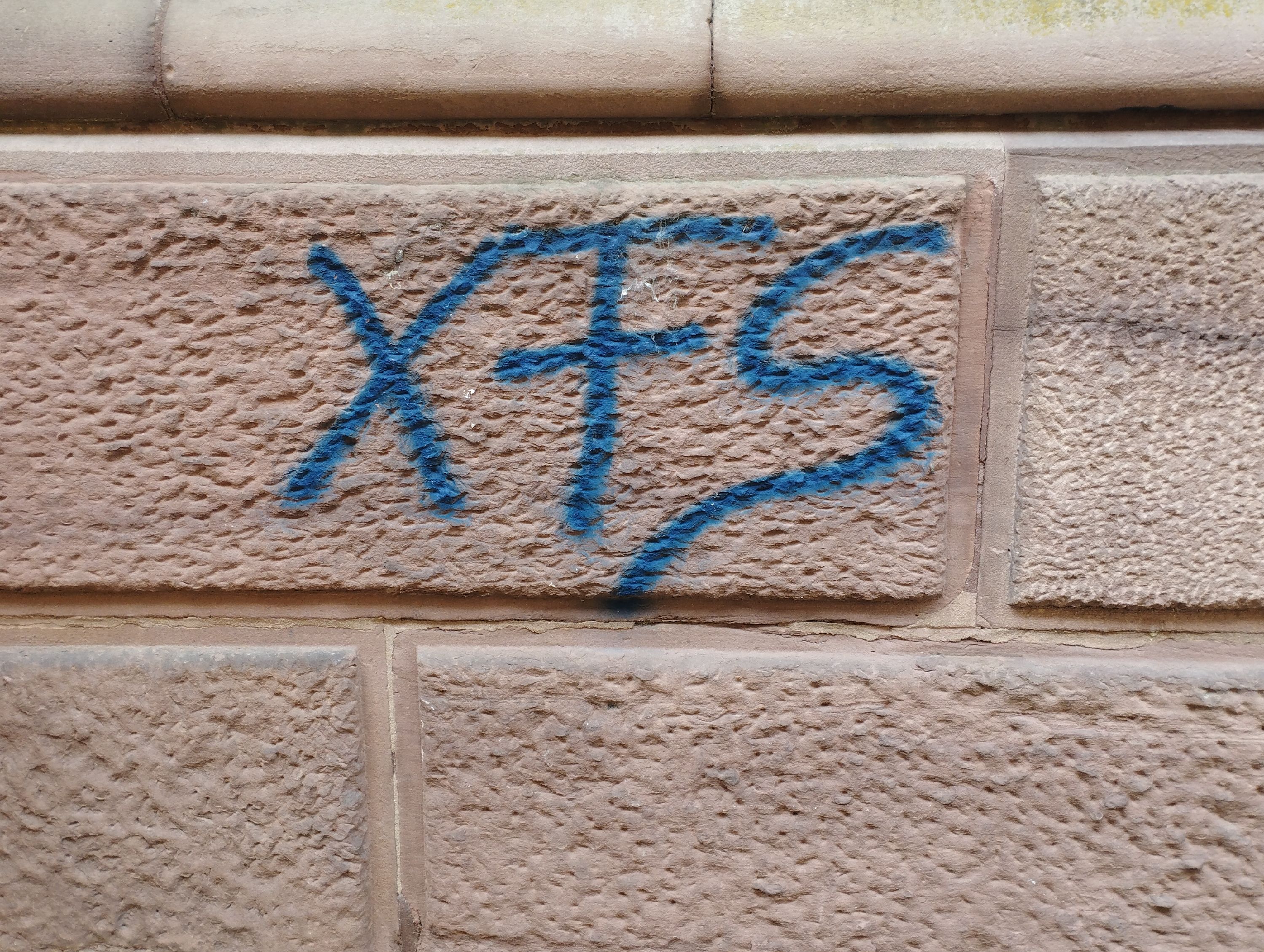
|
132688
|
LLA
|
Germany
Karlsruhe
|
|
|
—
|
KAGraffiti
|
|